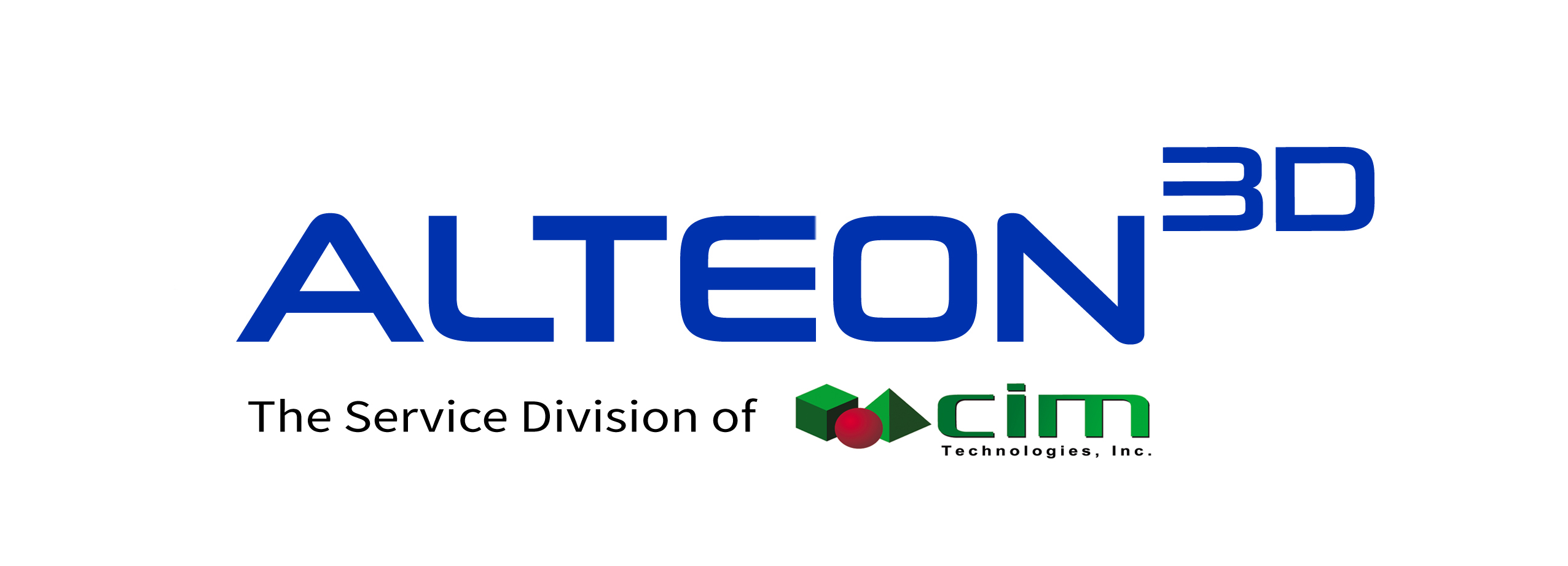Jul 12 2016
HP have made the declaration that their new range of printers, released just at the beginning of this year, are a “Reinvention at the intersection of speed, quality and cost.” What makes the Pagewide range so good that they can make such a confident claim? And if so, why does this make the printers better for the user than others in the same class?
In the first of this two part blog, we’ll have a look at what a Pagewide is and how it compares with inkjet equivalents. Then in the follow up our focus shirts to laser printers, to decide if ultimately Pagewide technology is really as good as HP claim it is.
What is Pagewide?
The main element that makes Pagewide distinct from other printers is that they have a stationary printhead that spans the whole width of the page. As this remains fixed, the paper is the only thing that moves as each sheet is transported past the printhead, allowing tens of millions of pigment drops to be applied each second from 40,000 fixed nozzles. Collectively, these can apply ink coverage to the entire width of the page at once. Hence the name: Pagewide.
This is all well and good. However, how does all this allow HP to make their bold claim? In order to find out, we have to compare the technology with that of other printers in its class.
What makes Pagewide better than inkjet printers?
Owners of inkjet printers will know that they work using a motor assembly to transport a small printhead up and down the width of the paper, as each sheet takes its stop-start-stop-start journey through the printer. In this way the impression on the page is built up in a sequence of horizontal rows from the top of the page to the bottom. By avoiding this process, the pagewide does not need the collection of moving parts requisite to a motor assembly build, resulting in a system that delivers much better reliability and productivity.
Enhanced reliability
Bypassing the need for a motor assembly, the Pagewide Printer requires far fewer moving parts. This broadly translates into less parts that can break, or that need to be replaced after a period of time. This makes them far more reliable, with less outlay needed to replace these parts, less time cost incurred to change them, and less downtime for users of the printer to endure.
Improved productivity
The speed of print jobs are only limited by the time taken for each page to move through the printer. This is a big drawback for inkjets: the page can only move at a rate that allows the printhead enough time to do a full span of the print area. PageWide eliminates this limitation so paper can move much faster – up to 75 pages per minute, rivalling even the quickest laser printers.
Source: http://www.printware.co.uk/Blog/471/Is-HP-Pagewide-Technology-set-to-Reinvent-Printing.html
